L’Oréal Group executive Erica Roberson knew the recent summit she hosted, called “The Power of Texture: Culture, Community, & The Future,” was an energetic gathering of beauty leaders and artists passionate about enriching education and appreciation for textured hair.
But the real proof of its success came after the late May event, held in L.A. by L’Oréal’s equitable education project The Texture of Change.
In the days following the L.A. summit, messages came pouring in from beauty professionals and instructors wanting to bring texture education to their salons, classrooms, and communities.
For Roberson, the enthusiastic follow-up assures her the event is landing where it needed to. “Real success is measured not just in headlines or attendance, but in how the industry shows up for the people it serves,” she says. “This movement is resonating.”
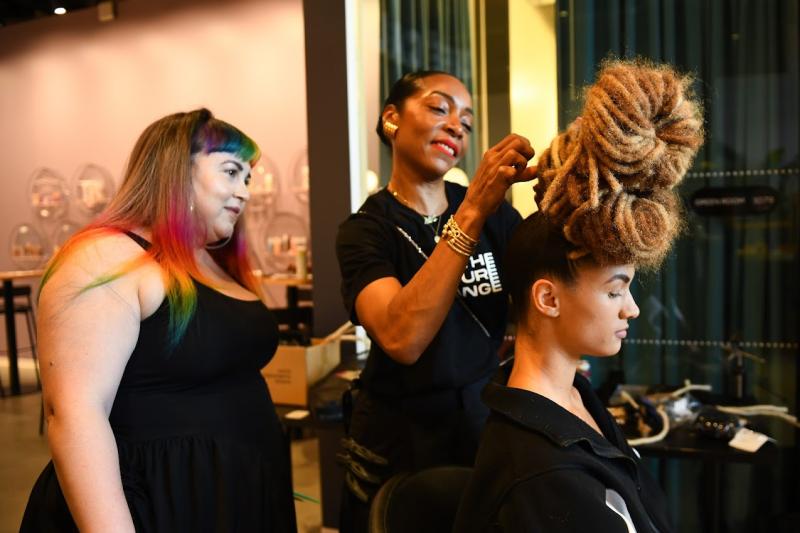
Bridging the Texture Gap in Beauty Education
“The Power of Texture” was the first summit of its kind, created to improve inclusivity in professional beauty education and hair care. For Roberson, it was more than just another industry event. It was the realization of a deeply personal and professional mission.
In her role as head of DE&I and Business Development for L'Oréal’s Professional Products Division, Roberson had long advocated for underserved consumers.
She felt compelled to take that advocacy to new heights when she learned how often textured hair is excluded from mainstream education programs in U.S. cosmetology schools.
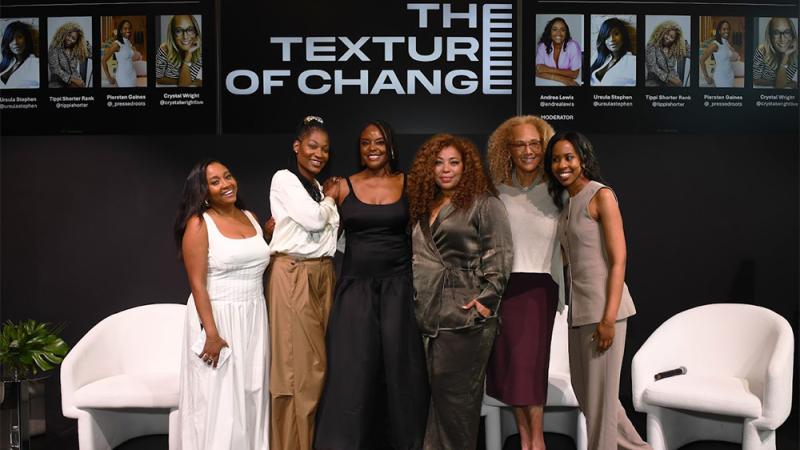
“Not only was the lack of textured hair education a gap for stylists, but it also meant many consumers were underserved,” she says, “and often excluded from receiving professional care tailored to their hair's unique needs.”
Roberson founded The Texture of Change to address what’s both an educational and a licensing gap. Most U.S. hairstylists pass state cosmetology exams and earn licenses despite knowing little about textured hair.
“The Texture of Change was born from the belief that every stylist deserves a comprehensive education that embraces all hair textures,” she says, “and every consumer deserves to be seen and celebrated.”
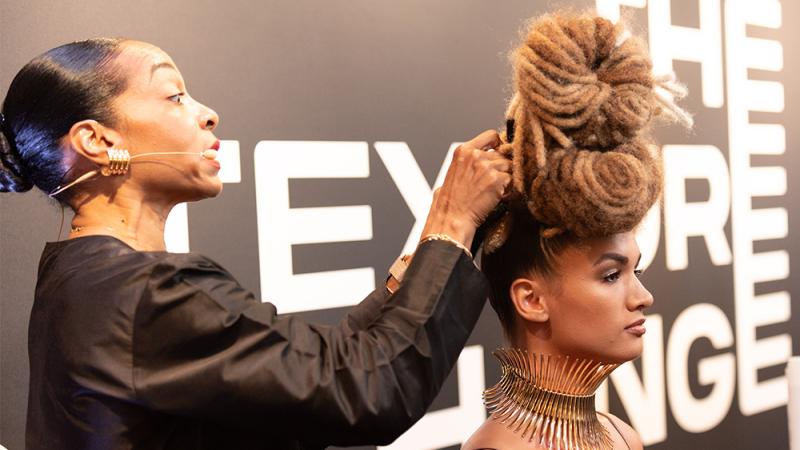
Roberson and her team are working on many fronts to make that happen. They’re a core part of the national Texture Education Collective (TEC), a joint initiative with the Professional Beauty Association and other major beauty brands to improve access to textured hair education.
That group has lobbied for state-by-state legislation to compel cosmetology boards and accredited beauty schools to require licensed hair-care professionals to be trained and tested on textured hair. It has already helped pass such legislation in five states: California, New York, Connecticut, Minnesota, and Louisiana.
Centering Textured Hair in Culture, Commerce, & Creativity
Education was a central theme of the summit. The day opened with a dynamic conversation called Rooted in Community: How Hair Shapes Identity, Culture & Connection, moderated by journalist Blake Newby.
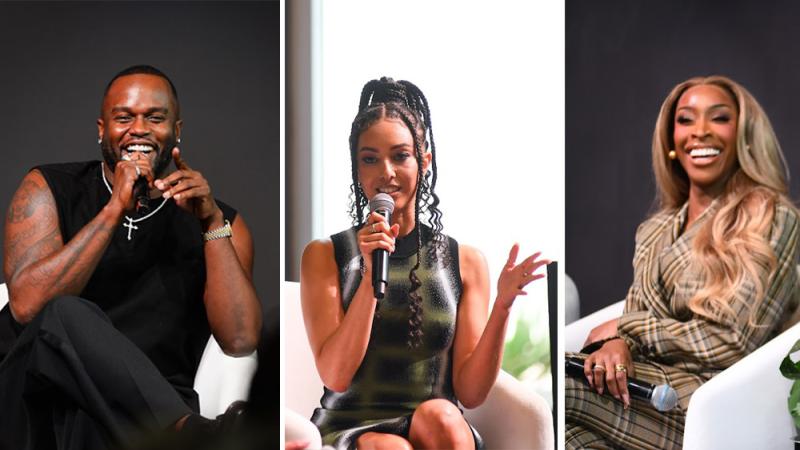
The panel featured input from Forvr Mood founder Jackie Aina, celebrity hairstylist Jawara Wauchope, Essence Senior Beauty Editor Akili King, and República Skin founder Julissa Bermudez, who discussed the ways textured hair is woven into personal identity, cultural history, and community.
Later, the discussion Beauty and Beyond: The Art and Business of Textured Hair joined industry icons for a powerful conversation on the importance — and profitability — of textured hair services.
Panelists were celebrity hairstylist and salon owner Ursula Stephen; L’Oréal Professionel and Mizani texture expert Tippi Shorter; beauty business coach Crystal Wright; and Pressed Roots salon franchise founder Piersten Gaines.
Moderated by actress and entrepreneur Andrea Lewis, the panel reframed textured haircare as both an artistic necessity and a business imperative.
The summit also featured high-energy Jam Sessions, presented in collaboration with Ulta Beauty and SalonCentric. They spotlighted top-tier stylist/ educators including Vernon François, Michelle O’Connor, and John Mosley demonstrating textured hair techniques to an enthusiastic crowd.
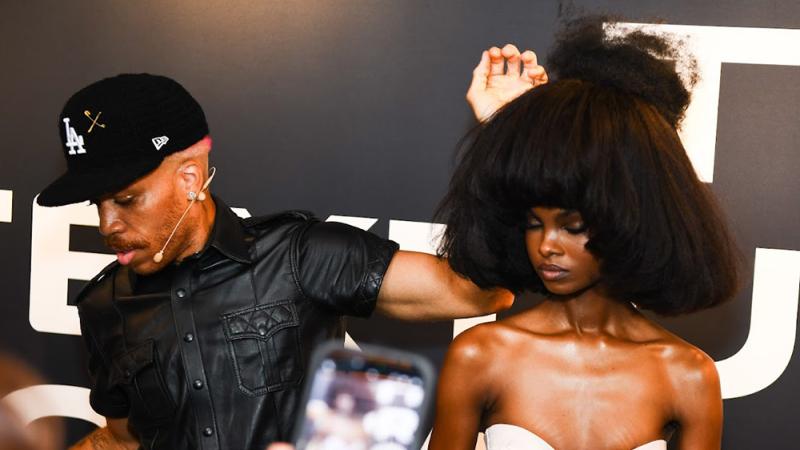
For Roberson, this type of collaboration and communication on all levels of the beauty industry is key to pushing the movement forward.
“It’s about creating a lasting shift where every stylist feels confident and equipped to serve all hair types, empowering every consumer to feel seen and celebrated," she says.
"Everyone in the industry — stylists, brands, educators, and retailers — has a role in closing the textured hair education gap."